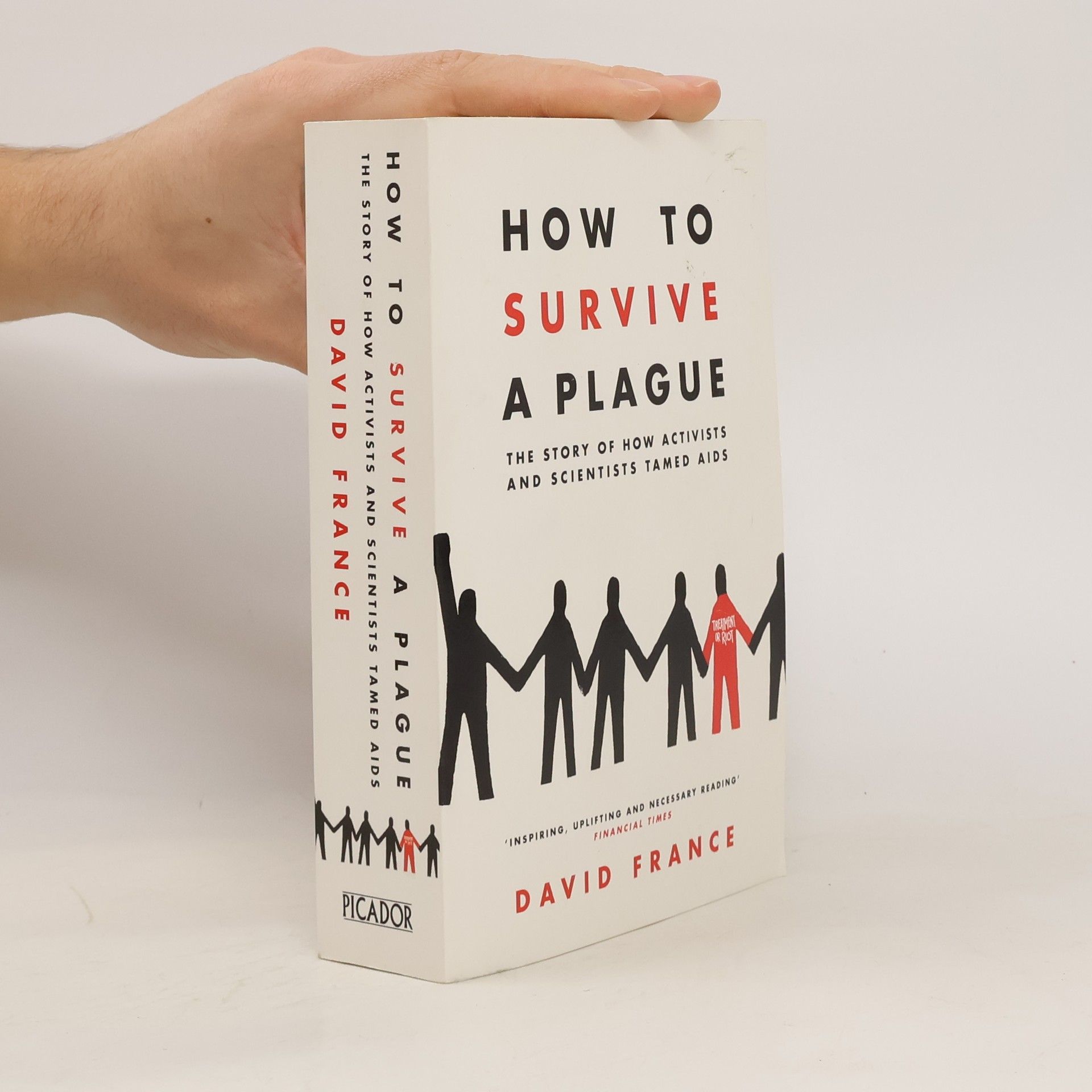How to Survive a Plague
- 640 stránek
- 23 hodin čtení
'Epoch-making . . . Brilliantly told. Informative, entertaining, suspenseful, moving, and personal.' Edmund White





'Epoch-making . . . Brilliantly told. Informative, entertaining, suspenseful, moving, and personal.' Edmund White
Get ready to squirm and squeal over the craziest facts you've ever heard! Have you ever wondered: How many pounds of insect parts the average person eats each year? Which specialty coffee is made from poop? How someone turned farting into a job? No? Then don’t open this book. The world around you is pretty wonderful, but also extremely weird. For very odd facts about the human body, look for Why You Shouldn't Eat Your Boogers: Gross but True Things You Don't Want to Know About Your Body.
Delving into the bizarre and often gross aspects of the human body, this compendium offers a wealth of quirky facts and peculiar insights. It presents an entertaining blend of unusual trivia that is both informative and amusing, making it a unique read for those curious about the oddities of bodily functions and health. With a playful tone, the author invites readers to explore the strange and sometimes nauseating details that make up our physical selves.
Information About Your Body
Exploring quirky and often surprising facts about the human body, this book presents a collection of trivia that ranges from the unbelievable to the gross. It addresses questions readers have always been curious about but may have felt too shy to ask. With a mix of humor and intriguing information, it promises to entertain and educate, making it a perfect conversation starter for those looking to impress friends with unusual knowledge.
Everything you ever wanted to know about the human body - and some things you'd rather not...A wonderfully entertaining yet authoritative treasure trove of facts about our anatomy - it answers all the questions about our bodies we're usually too embarrassed to ask.· Why is yawning contagious? Some experts think that yawning may have developed as a means of communication. It may, for example, be a way of signalling to others that it's important to remain alert and stay awake in a certain situation. Another theory is that our early ancestors used it as part of their social behaviour, and as a way to help build a bond with the rest of the group.· Why are bogies green? When white blood cells meet germs, they make a large amount of an enzyme called myeloperoxidase, which is green because it contains a lot of iron. The colouration therefore comes from the iron.